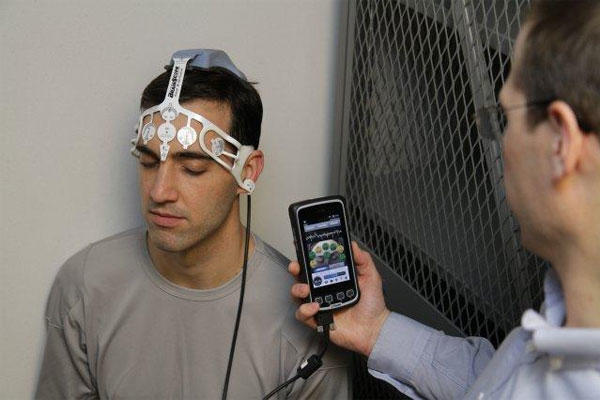The Defense Department agency overseeing traumatic brain injury research for service members and veterans has not published exact statistics on the injuries out of concern it would aid the enemy and confuse the American public.
Kathy Helmick, deputy director of the Defense and Veterans Brain Injury Center in Maryland, said the agency has rarely given out the numbers on individuals who suffered TBI during a deployment because it considered the data an operational security matter.
Defense Department rules governing operational security -- OPSEC -- includes not revealing information that could benefit an adversary.
"There was not some big cover-up. It was just a choice [the center] made at some point," Helmick told Military.com following its report last week that a Congressional Research Service report on Iraq and Afghanistan war casualties included specific numbers on war dead, wounded, amputations and diagnosis of post-traumatic stress disorder, but not TBI.
Other agencies are responsible for making the call to publish those numbers, Helmick said.
Another center official, speaking on background because he was not authorized to speak for the agency, likened keeping the numbers out of the public eye to not reporting casualty numbers.
"We don't report [them] lots of times because we don't want the enemy to know they're being effective. That's a common OPSEC," he said. "I would think of it this way -- it's available if you ask … We're just not volunteering this information."
"It's like people, companies put things in their annual report that they don't necessarily want to share on their website," he continued. "People have things in their SEC [Securities and Exchange Commission] filings they don't want to put on their website. You can find it. You can ask for it, but it's not something you want to make it easy to find [by] certain people."
Helmick said Military.com's request for the data marked only the second or third time in six years that it has been requested.
Though the center did not do a formal request to designate TBI data an operational security matter, she said it may now officially request the designation be lifted since the U.S. has ended combat operations in Iraq and Afghanistan.
Center says data could be misinterpreted
Another reason the center chose not to publish the numbers out of concern they would be misinterpreted by the public, which may conclude that "deployment associated" TBIs are synonymous with combat-related.
That's not the case, said Helmick, noting that a TBI could occur in theater from a simple fall or some other non-combat incident. Also, the military considers TBIs that occur within 30 days of returning to be deployment-associated.
"If you come home and hit your head on the plumbing in your house, you're going to be called 'deployment-associated,'" she said.
Numbers provided to Military.com show that 316,341 incidents of TBI were recorded across all service branches, regardless of where members were assigned worldwide, from 2001 through the first quarter of 2015.
Of that number, 47,925 TBIs were designated "deployment associated" – meaning the injury could have occurred in theater or within 30 days of returning home, according to Helmick.
Cumulatively, deployment associated TBIs account for roughly 14 percent of all TBIs over the reporting period. During the height of operations in Iraq and Afghanistan the percentage climbed as high as 26 percent in 2007, and dropped below 23 percent only once through 2011, when it 18.6 percent in 2009.
In 2012 -- with the U.S. having ended combat operations in Iraq the year before and Afghanistan winding down -- the percentage of deployment-associated TBIs dropped to 16 percent. Since then the rate has been 10 percent for 2013 and 5 percent for 2014.
In the first quarter of 2015 the percentage was 0.8 percent, according to the brain injury center.
--Bryant Jordan can be reached at bryant.jordan@military.com





























